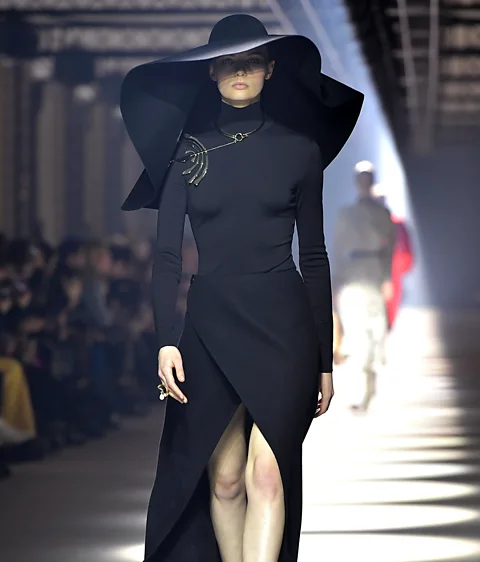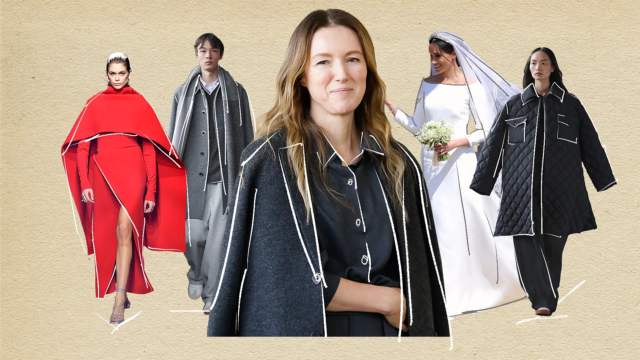
Last week, Clare Waight Keller flew from London to Tokyo, grabbed some fabric swatches, and decided what millions of people will wear in September 2025. “I don’t have a time machine,” says the 54-year-old designer, who is now the creative director of Uniqlo, the global fashion chain. “But at this point, I’ve fine-tuned my fashion sense to live in the future,” she tells “It’s my job to see what will happen before it does.”
If that sounds far-fetched, consider Keller’s track record as something of a fashion intuit. She began her career at Calvin Klein during its early 1990s, Kate Moss heyday, then joined Tom Ford’s team at Gucci around the year 2000. As creative director of Chloé in 2011, Keller helped develop the pale blush colour – called “millennial pink” by fashion theorist Véronique Hyland – that first appeared in floaty chiffon dresses and their corresponding Chloé perfume boxes, defining the era’s more muted take on “girly” style, one that included a wider and more nuanced spectrum of feminine power. In 2017, Keller decamped for Givenchy, where her long-sleeved wedding dress for Meghan Markle, the Duchess of Sussex spawned thousands of imitations just days after debuting in 2018. Even today, six years later, the boat-necked silhouette is echoed everywhere, from luxury labels like the Row to high-street brands like Bebe.
“You can’t underestimate the design of that dress on young women,” says Chloe Lee, 25, founder of the consumer trends newsletter Selleb, which tracks what Gen Z consumers are buying. “We were all in high school or college when we saw it. For us, it is the idea of a princess bride, or at least the starting point for one.”
Keller is proud of her work with each label, and admits she “constantly” searches for old designs on resale platforms like eBay and Vestiaire Collective. But in 2020, she knew it was time for another change.
“Post-Covid was a watershed moment for me in terms of, ‘Right, what’s the next 10 years of style going to look like? And how can I be part of the future of fashion?'” she says. “I don’t think you can do that right now without redefining what luxury is today.”
But Givenchy, Chloé and Gucci are not Uniqlo, a brand selling $49 (£38) trousers in 25 countries worldwide. Keller says that’s the whole point: “Through resale platforms, anybody can get a hold of designer pieces for reasonable prices.” She’s right: At Uniqlo competitor JCrew, cashmere sweaters cost about $150 (£116). On resale platform TheRealReal, nearly new versions from Fendi, Jil Sander and Keller’s old haunt, Chloé, cost the same. Keller says the price-flattening won’t discourage shoppers at mid-priced stores, but it will force the labels to better prove their value.

“Expense isn’t luxury. Quality, innovation, excitement – that‘s luxury,” she says. “How can we use fabric technology to make clothing last longer, look better, and have more versatility on the body? That’s luxury. I’m a yarn nerd,” she grins. “I went to Uniqlo because they have the tools to build a better fashion system. The yarn, the fabric tech – it’s incredibly sophisticated.”
Uniqlo’s sustainability claims have been a sore spot for environmental commentators who claim, correctly, that its synthetic fabrics won’t biodegrade, and could leech microplastics into the soil if they end up in landfills. In response, the brand has added “repair studios” in global flagships to mend things like torn hems and also to “adopt” clean, unwanted clothing for charity redistribution.









